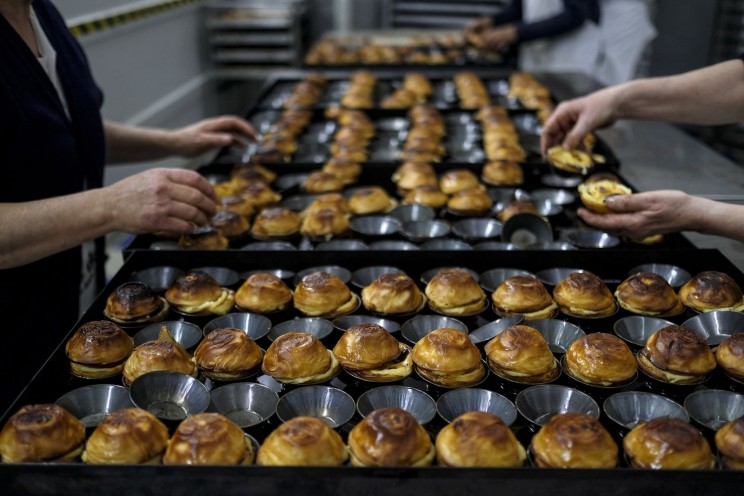
It's one of the best-known national delicacies in the country. But the fame of the Pastel de Nata, a Portuguese custard tart which was invented centuries ago in the Monastery of Belém by members of the clergy, is becoming famous across borders. It is becoming an international phenomenon and gaining the status of a global brand. It's already on sale in cafés and supermarkets in Manhattan (New York, USA) and even as far away as Singapore.
"An unlikely dessert is on its way to becoming as ubiquitous as the croissant," writes Bloomberg, who eulogises the Pastel de Nata in an article that addresses the unlikely rise of the Portuguese delicacy.
According to the publication, in Portugal, the pastry costs around one euro, but in London (UK) it can cost up to three pounds (3.45 euros). What's more, in 2018, the supermarket Lidl boasted that they had sold 2,000 custard tarts in just one hour in the United Kingdom.
The fame of the Pastel de Nata has also reached Manhattan. Chef George Mendes introduced the dessert a year and a half ago at his award-winning Aldea restaurant and says he's surprised by the meteoric rise of the pastry. "It's supposed to be eaten with your hands and preferably with a coffee", he says, pointing out that he often has to give this explanation to customers. The chef reveals that he discovered the Pastel de Nata in Danbury, Connecticut, where he grew up and where there is also a large Portuguese community.
It's not clear what led to the boom of this Portuguese custard tart, but Bloomberg gives us a clue, saying that there's a probable source of promotion: a small company called Nata Pura tried to do with the Pastel de Nata what Dunkin Donuts did with doughnuts.
"Nata Pura was not the first company to try to export the pastry, but it was the first to do so in such a methodical way," said Susana Costa e Silva, who teaches the company's strategy as a "case study" at the Universidade Católica (the Catholic University of Portugal). The small company, which had only five employees in 2017, hired marketing and branding professionals and found foreign partners to help drive expansion.
According to Bloomberg, the company currently sells about 500,000 cream pastries per month in its 5,000 stores around the world.
Find out more: The Unlikely Rise of the Pastel de Nata, and Why It’s Suddenly Everywhere (Bloomberg)